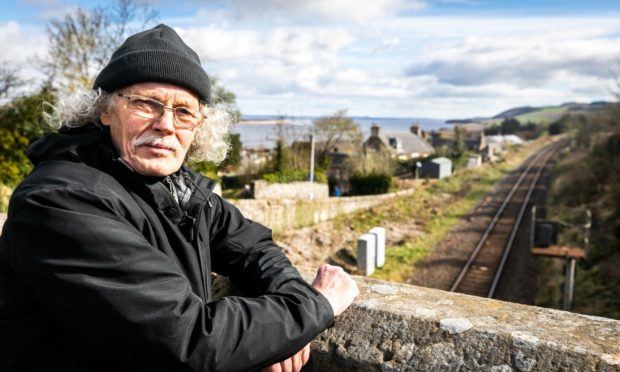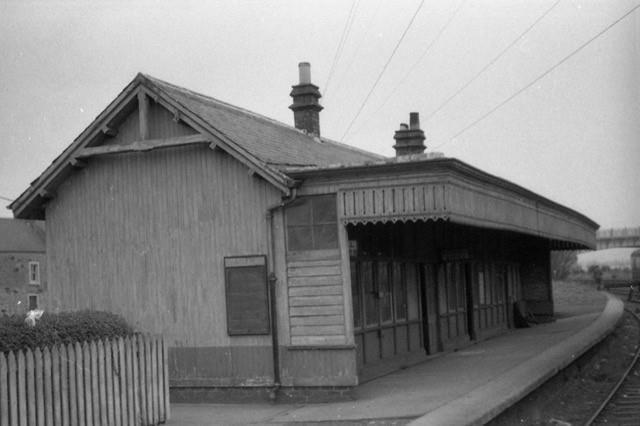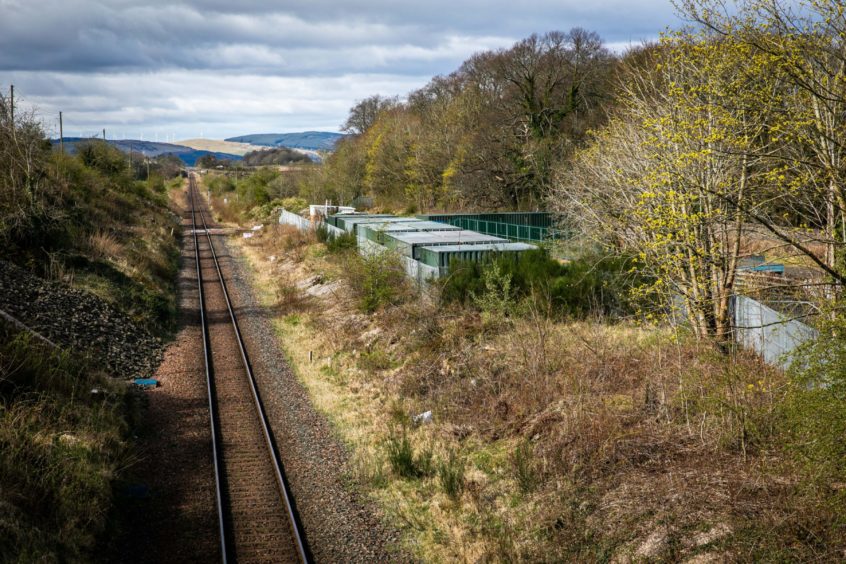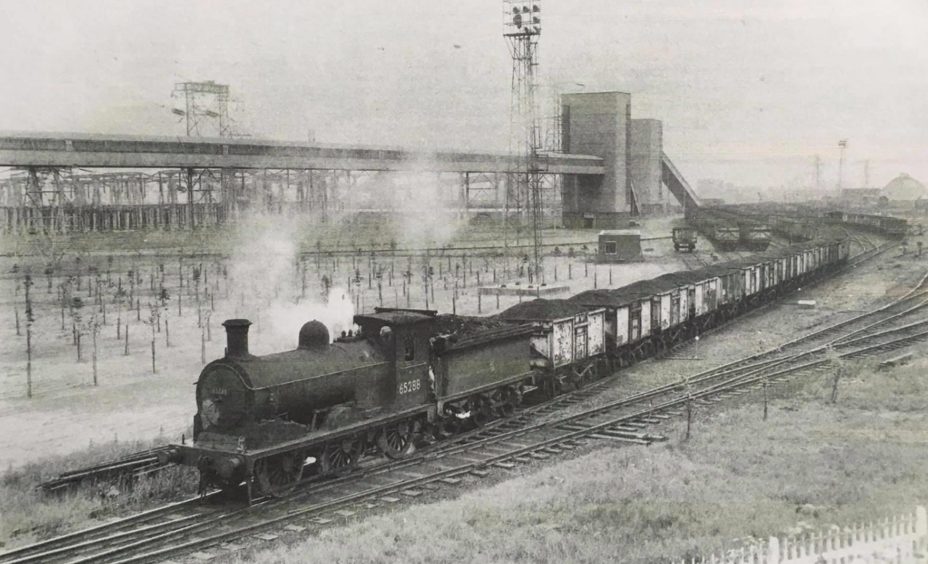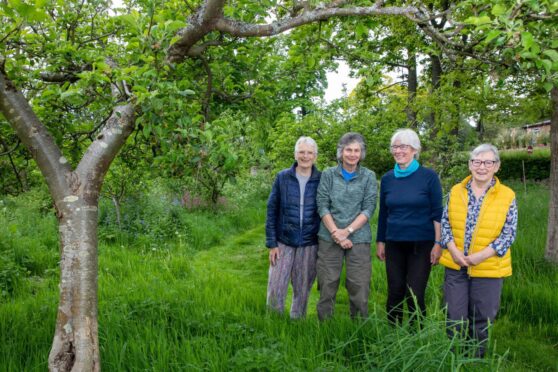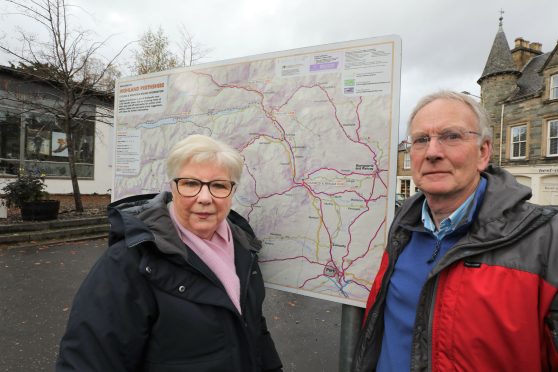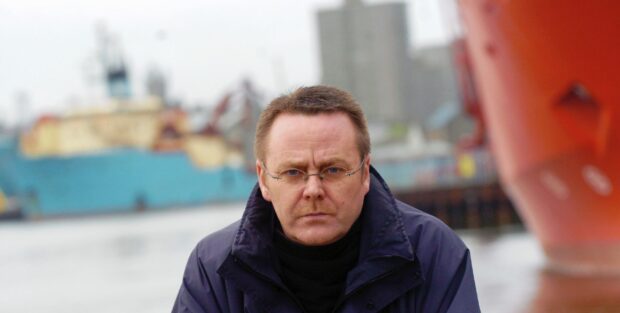The pandemic may have stacked the odds against rail travel but plans to revive local stations are still gathering steam.
A proposal is being drawn up to reopen a passenger station in Kincardine, Fife, for the first time in nearly a century.
Meanwhile, campaigners in Newburgh believe getting the village’s platforms back in use could be done at minimum cost.
Drive to tackle carbon emissions
With the Scottish Government racing to drive down carbon emissions, the challenges facing rail travel since the arrival of coronavirus look unlikely to derail the long-term strategy to get more people traveling by train.
Nigel Mullan from Newburgh Train Station Group said he was confident a transport appraisal paid for by the Scottish Government’s Local Rail Development Fund would back local calls to reinstate the station off Abernethy Road.
“We’re just looking for a very simple station,” he said.
“There’s a great deal of support for this in Newburgh itself and the outlying areas.
“But it’s getting that aspiration into a business case for a spend on something like a station.
“I’m quietly optimistic.”
A detailed appraisal of options for improving transport in Newburgh, being carried out by consultants Systra, includes three potential locations for a new station.
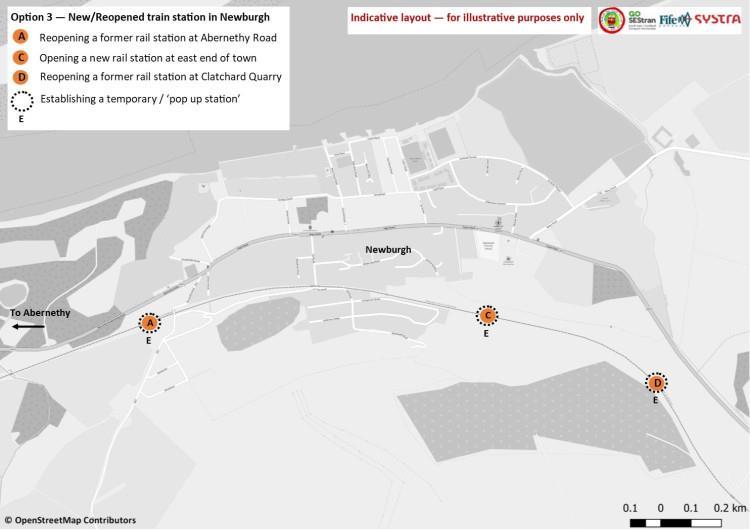
Other issues being considered are enhanced bus links, car sharing schemes and infrastructure to promote walking and cycling.
Train or tram being considered for St Andrews
Funding was also allocated for research into transport options in St Andrews.
The study, carried out by transport consultancy Stantec as part of the Scottish Transport Appraisal Guidance (STAG) process, said rail and tram links were options on the table to improve journey times to the university town.
The St Andrews Rail Link (StARLink) campaign has been calling for a railway line to the town to be reinstated to provide an alternative to car use, which it says accounts for the “overwhelming majority” of trips.
Levenmouth rail campaign success
Levenmouth is already close to seeing its rail link, closed to passengers in 1969, back up and running after years of local campaigners calling for the route to be reinstated.
The Scottish Government has already committed £75 million to reopening the line running from Thornton to Leven.
And Network Rail has been exploring options for opening passenger stations at Leven and Cameron Bridge ahead of the target completion date of 2023.
Station plans in the early stages
Network Rail has lodged a planning application to assess the need for an environmental impact assessment ahead of submitting more detailed proposals for a new station south of Broomknowe in Kincardine.
The rail operator was reluctant to reveal more about the project, but last year announced its intention to electrify the former freight line and build new stations at Clackmannan, Kincardine and the former power station site at Longannet.
Rail consultant David Prescott said: “In respect of timing, now is not a good time for rail travel – or bus, coach or air travel.”
However, he added: “If the climate change emergency announced by Scottish Government is to mean anything, more people are going to need to use low and clean energy public transport so, whilst it is difficult at the moment, taking the long view this is vital as part of the governments’ – Scottish and UK – drive to decarbonisation.”
Hopes of Talgo jobs boost
The Kincardine project is part of a wider plan to link with a potential manufacturing hub for high speed trains, which would bring skilled jobs to the former Longannet site.
Spanish train manufacturer Talgo has pledged its commitment to setting up a factory in Fife.
“Part of the reason for doing this is the Talgo site and obviously it is not possible to build trains working from home, so the prime reason is still sound,” said Mr Prescott.
“Infrastructure planning has to be looked at in a long timescale, so it is important to keep these development works progressing.
“The plan is for this line to be electrically operated and as such rail offers the lowest carbon and emissions form of transport, other than walking and cycling.”
Demise of the old station
Mr Prescott said the opening of the Forth Bridge may have contributed to the demise of the old Kincardine Station in 1930.
Before then, the Stirling to Dunfermline line was the main route into Fife.
He added that many routes were closed in the 1930s because buses were more profitable.
People will continue to use rail.”
Mark Ruskell
Mark Ruskell of the Scottish Greens, who is standing as a candidate for Mid Scotland and Fife in next month’s parliamentary elections, is hopeful people will return to rail travel.
“The rail patronage figures were going up and up before covid. There were real capacity issues on a lot of the trains as a result of that,” he said.
“If you can develop a competitive rail service post covid, and run it in the public interest, then I think there’s every chance that people will continue to use rail, and switch to using rail more.
“However, there are lots of communities that don’t have the option of rail.”
Mr Ruskell said there was potential to link the Stirling-Alloa-Kincardine line to Dunfermline.
“That then gives you the link across the north of the Forth. That’s when you get a real benefit because you can start moving more freight onto that route, you can free up capacity on the bridge and you can have direct services from Fife to Glasgow as well.”
